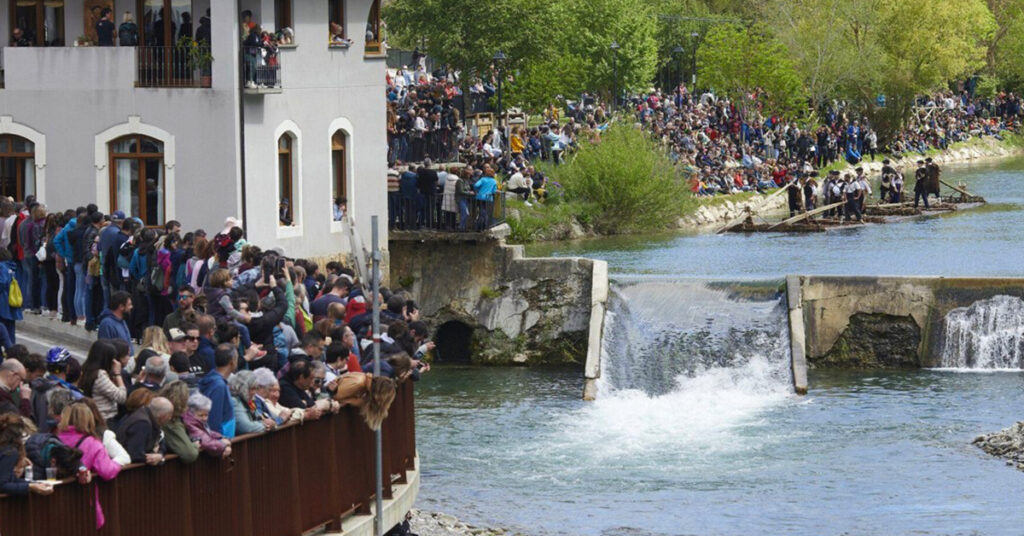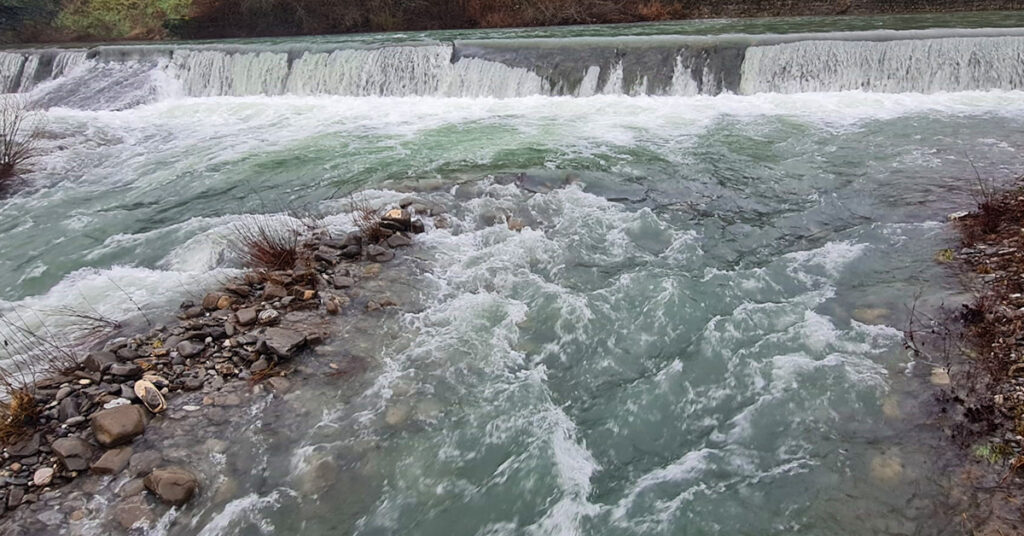Basque ethnography at a glance
Mills and dams were essential infrastructures for the milling of wheat and corn up until several decades ago. They were later used to generate electricity. The natural flow of the flow therefore needed to be stopped and water course disrupted. We have also used the dams to accumulate water and irrigate farmland. More and more were built down through the centuries. Up until the present.
Environmental damage
Dams are the same for rivers and their ecosystems as a clot is for our veins. They stop the flow of sediments needed for the survival of marshland and deltas. For example, the damage to the River Ebro delta as the result of all the dams built along its river basin is well known. On the hand, many dams are obviously impassable obstacles for the fish that have to go upstream to lay their eggs in the river. Eels, salmon, trout, shad and lamprey are the most affected.
The consensus is total worldwide. Dams obstruct the river and cause great harm from the biological and hydromorphological perspective. Furthermore, no builder of a dam in the last ten centuries was required to demolish the dam when it fell into disuse. Fortunately, the law now requires that to happen.
Heritage
By contrast, arguments have emerged in favour of keeping the dams given their important role throughout history. Those voices argue that the buildings that have been part of and witnessed out development must remain intact, given their history and heritage. Moreover, some people believe that the river landscape created by human beings using the dams is also a natural heritage to be conserved. They have even been classified as special “biotopes”.
There are two undisputed points:
- Dams are harmful to the river and the animal life that lives there.
- Dams have helped human development down through the centuries.
We must here make an important difference between the dams that continue in use and those that do not. In the case of the former – and despite the damage –, the law is on their side while they continue to be in use. As regards the latter, the law is against them, apart from the damage that they cause to the river without any benefit for people.
Therefore, the heritage value of each disused dam has to be calculated, along with assessing to what extent the conservation of that supposed asset offsets the damage caused.
Intangible and tangible heritage
As regards the tangible heritage, most of the dams have been rebuilt time and again. The force of the rivers is relentless and the dams are usually structures that accumulate different layers. What is visible in the dam, documented for the first time in the 13th century, is that last layer applied in the last century or during recent decades. We would have to cross-section the dam to be able to see the medieval timber structure that may exist inside (if it has been kept). Tangible heritage is not usually worth mentioning. Intangible heritage is greatly discussed.
In reality, disused dams are not part of the intangible heritage, but it is rather about remembering them; as a disused activity cannot be deemed to be intangible heritage. However, given that generations behind and that benefitted from that use are still alive, there is no question that that heritage can be transmitted and the activity can be resumed in an economically viable and culturally sustainable way. This reflection underpins the arguments in favour of conserving the dams. The problem lies that the damage caused to the river would continue while waiting for that supposed reuse.
Some significant examples will be given in the next article.
Gaizka Aranguren — Labrit



